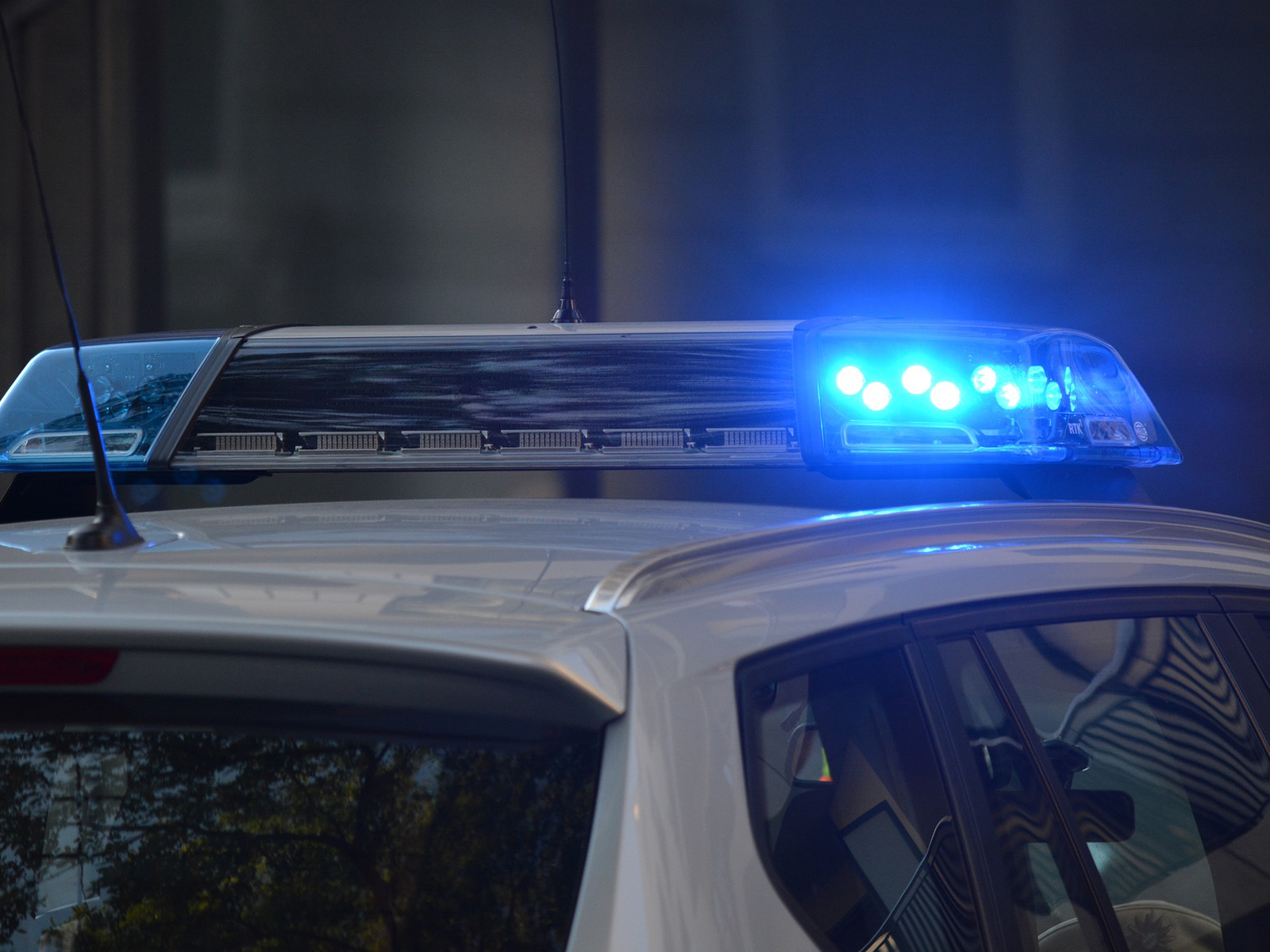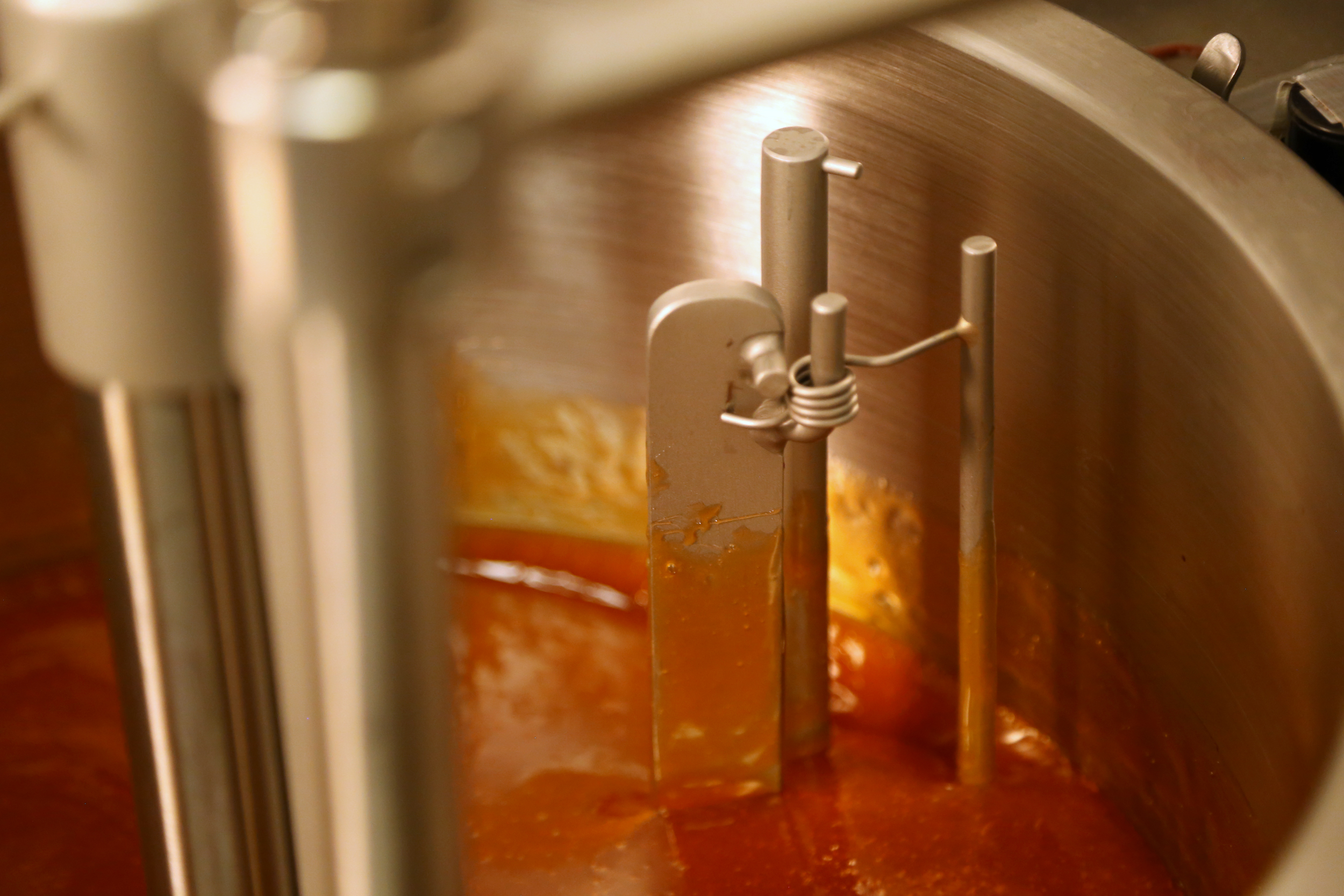
A giant white mushroom may hold the key to understanding cannabis impairment.
The dome inside the iDAPT DriverLab at Toronto Rehab’s University Centre is actually a virtual reality driving experience: inside is a complete Audi A3 surrounded by 360-degree projection of a road scene. The one of a kind facility recreates driving in the real world, down to pouring rain, the feeling of turning, other traffic and high beam glare. It’s the perfect place to learn what it means to drive under the influence of THC, the chemical compound in cannabis that makes users “high.”

“We’re really focused on looking at how cannabis effects sensory, motor and cognitive functions and understanding how those functions are mapping onto driving performance” says Dr. Jennifer Campos, iDAPT’s chief scientist. “Rather than relying on THC blood levels, we’re looking at actual impairment.”
It’s important work because what it means to be impaired by cannabis and how to measure it remains a mystery to everyone from scientists to doctors, the police and especially the cannabis consuming public.
Of the 72,039 impaired driving incidents in Canada in 2015, 3,000 involved drugs. That includes everything from prescription medicine to cannabis. And while drunk driving incidents have declined steadily since 1986, the incidents of drug-impaired driving is increasing. In a Canadian Automobile Association survey half of current cannabis users said they had driven high. According to Stats Canada 4.2-million Canadians admit to using cannabis in the three months prior to February 2018. That was before legalization.
The RCMP say they are increasing road side checks for cannabis impairment, but their tools are limited. Right now enforcement is restricted to using standardized field sobriety tests, a series of challenges like holding a horizontal gaze, walk-and-turn and one legged balancing, developed for testing drunk driving.
“There is no evidence that cannabis affects the same areas of the brain as alcohol.” — Andrea Furlan
But, “there is no evidence that cannabis affects the same areas of the brain as alcohol,” says Andrea Furlan, an associate professor of medicine, who also works at iDAPT. “These tests may not reveal (THC) impairment or may downplay the degree of impairment.”
If the police suspect drug impairment after the physical challenges, they can follow up with more accurate screening at the station.
The RCMP has tested a field THC saliva testing machine. While the devices could detect the presence of THC, the force has yet to settle on a threshold for impairment, like the 50 milligrams of alcohol per 100 millilitres of blood used for drinking and driving. That limit took more than 50 years of research and testing settle on.
“We don’t have the same body of research on drug impairment, so it’s difficult to pick a number for a limit,” says D’Arcy Smith, a toxicologist who works in the RCMP’s National Traffic Services. “It also depends on the individual tolerance of the person and how they react to specific drugs.”
Research suggests that cannabis affects attention, vigilance, perception of time and speed, and the use of knowledge. The higher the concentration of THC in the blood the greater the impact. The effects vary with how the drug is absorbed: smoking is felt within minutes and lasts for a couple hours, while eating takes up to an hour to reach the brain, but can last for up to 20 hours. Complicating things further, regular users can also build up a tolerance reducing impairment and different types of cannabis have different impacts on the body.

Generally cannabis use translates to driving at slow speeds and staying far from the car ahead. It may not sound dangerous, but the RCMP and Mothers Against Drunk Driving both say driving under the influence of cannabis negatively impacts driving ability and research suggests THC slows reaction times.
“Figuring out whether someone should avoid driving can be tricky because of the variety of chemicals contained within the plant, the different ways people use cannabis and the fact that regular users can develop tolerance,” says Furlan.
Sorting through all that to find simple rules of thumb, like no more than one drink of alcohol, is one of the goals at iDAPT. Until they figure that out, Furlan recommends following the Canadian Research Initiative in Substance Misuse’s lower-risk cannabis use guidelines. They suggest not driving within six hours of any cannabis use. Wait even longer if alcohol was consumed as well and, obviously, if you feel impaired.
With new laws across the country that give police more freedom to test for impairment, it’s the safe strategy, even if you don’t feel high. Ask anyone who has lost their licence for impaired driving: it’s not worth the risk.
Did you like this article?
Sign up for our newsletter to make sure you're in the know about all of our new product releases, contests and more.





